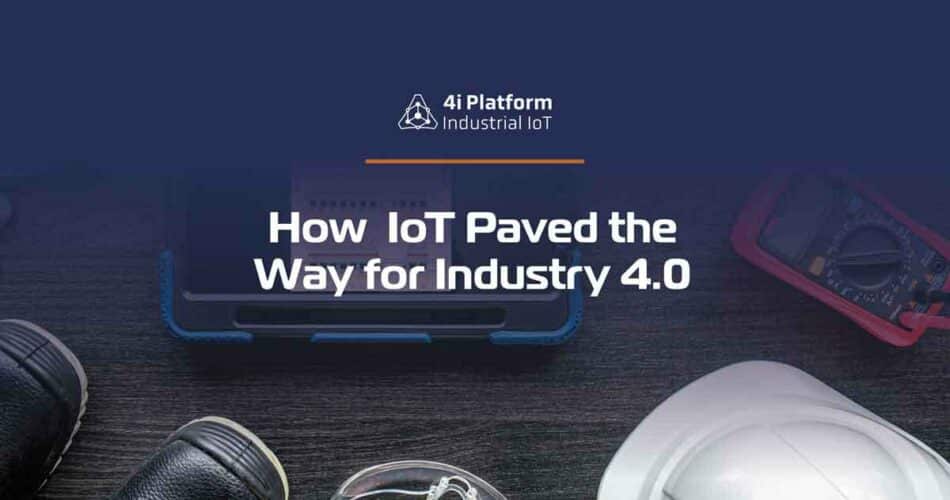Increasingly connected, the physical and digital worlds are becoming one. Devices that communicate with each other, as well as with data centers and their clouds, promote a drastic improvement in everyday processes that we never even thought could work in a different way. Whether in our private lives or in big corporations and industry, the Internet of Things has arrived on everything imaginable and we can definitely expect much more in the coming years, especially with the adventi of Industry 4.0.
What is the Internet of Things and How Did This Term Come About?
Internet of Things or IoT, means that objects, people, smart houses and data are connected through the internet, giving an opportunity for exchanges of information between an assortment of things in real time.
As a result, this makes it possible for the devices to adapt to the users’ usage and routine and at the same, still be able to predict behavior trends, for example.
The term was put together in 1999 by British researcher Kevin Ashton, who developed a system of sensors capable of connecting the physical world to the internet while working on a design for electronic stock tags using radio frequency technology known as RFID.
How IoT Works and How It Relates to Industry 4.0
In the modern era, chips, processors and sensors are becoming cheaper, more versatile and smarter
They can be used on an assortment of devices in order to collect and process data. This integration between software and hardware is the ideal match for the development of new technologies and applications in the real world.
In this context, the Internet of Things (IoT) converts a variety of Industry 4.0 technologies uniting:
1. Wireless connection chips: enable a wide range of devices to be connected to wi-fi, for example;
2. Cloud processing and Big Data: this is where a huge data source is amalgamated and stored;
3. Geolocation: gives you an opportunity to know the user’s precise location, to provide services based on your location. The convergence of these factors resulted in a worldwide mobilization of crowdfunding to leverage research related to IoT devices.
The new Wi-Fi technologies are increasingly present in indoor applications where, together with secure architectures, they will provide transformational power for Industry 4.0.





